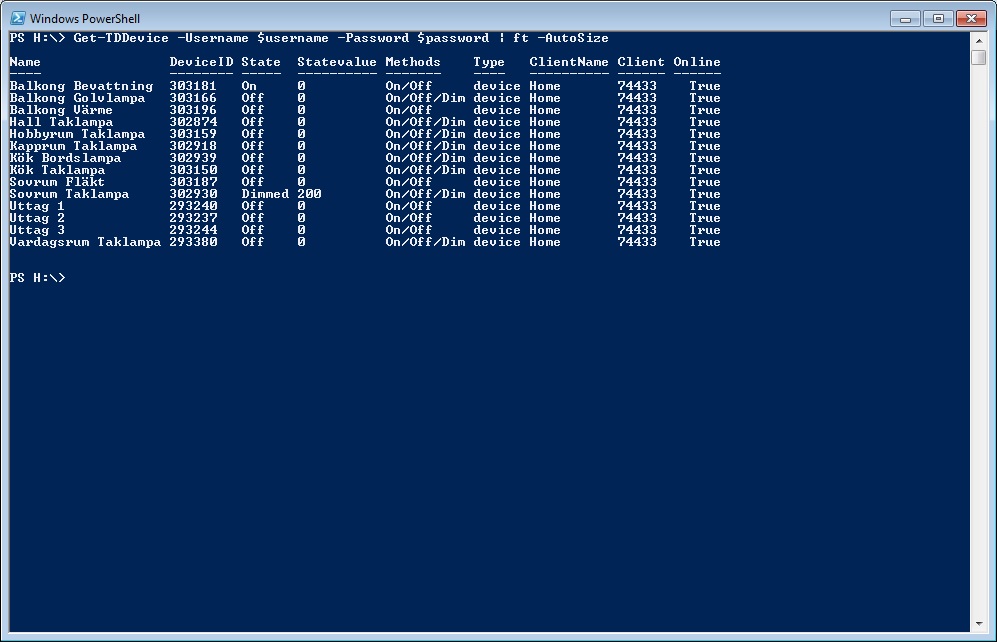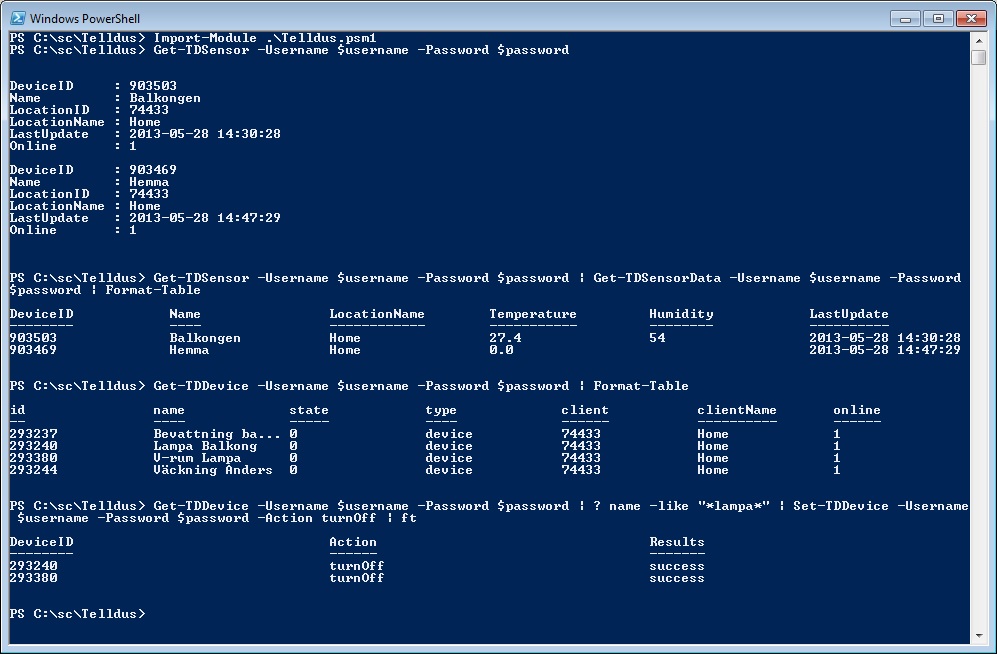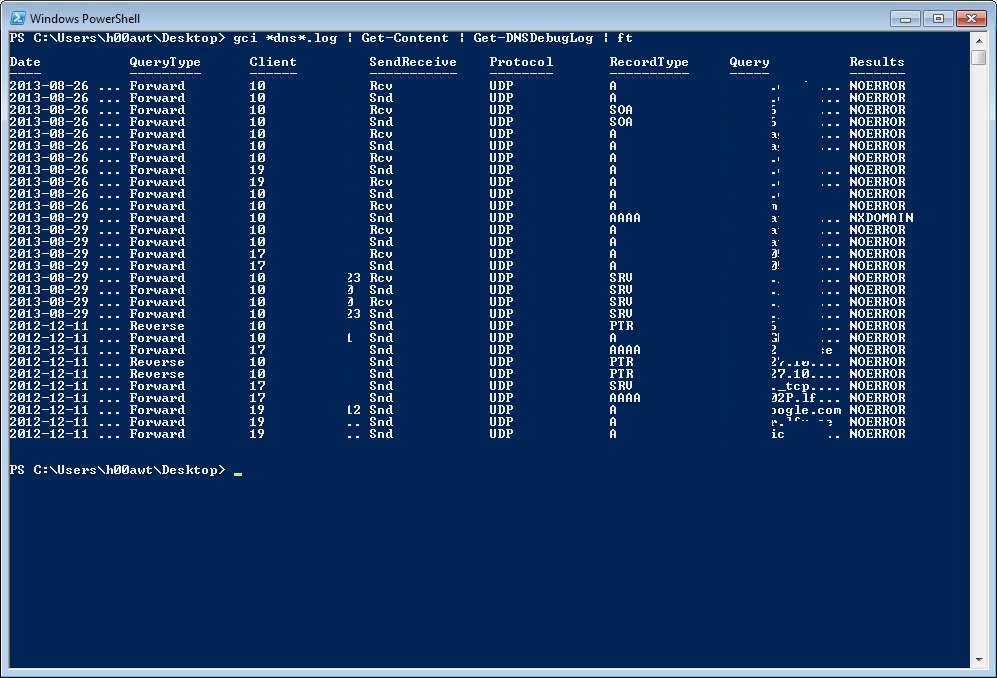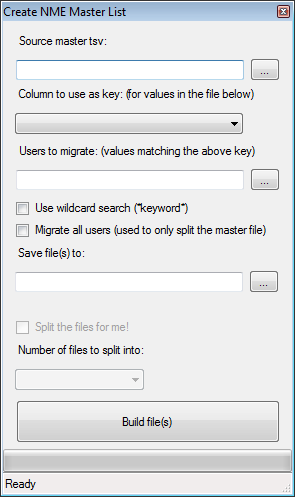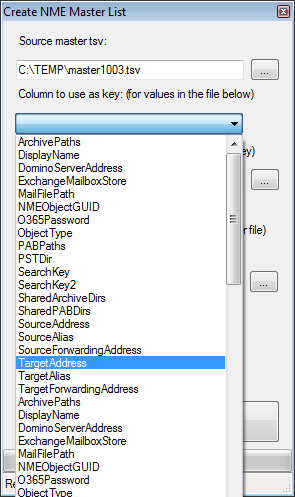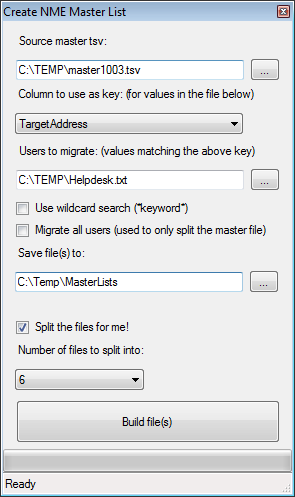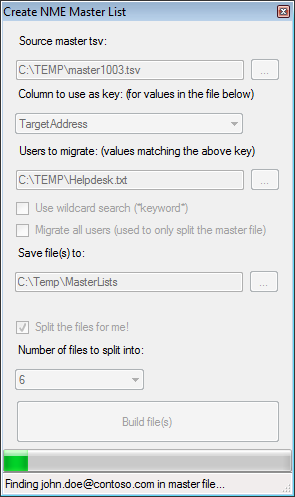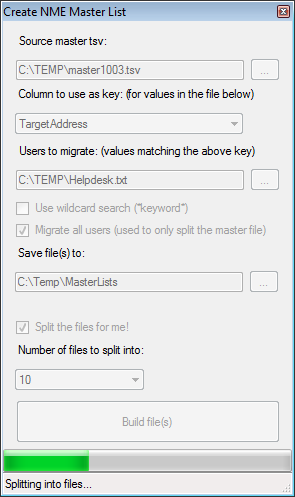Why do home automation with PowerShell?
There are certainly other solutions out there which are great, even excellent. For me personally, it’s mainly because it’s fun to be able to build parts of it by yourself, you learn a lot by doing it, but you can also base your tasks on almost any piece of information out there.
I’ll give you an example!
I’ve started to go to work after the traffic calms down in the morning, I have a pretty good idea of when this usually happens, but sometimes there is no traffic jams at all, and sometimes it’s completely hopeless.
Wouldn’t it be nice to be able to utilize live traffic information on the internet, and based on that trigger your wake up call? At least I thought so 🙂
First of all, try to find a provider for traffic information near you, and make sure you don’t break their ToS by fetching that information in a automatic way (ie. web scraping).
I won’t go into detail on how to build a webscrape-cmdlet right now, but I’ll show you how to use it when it’s done. (A guide to web scraping available here, here and here.)
This is the script I run every morning, I think the code comments will be enough to explain how it works:
# Import the Telldus module
Import-Module '.\Telldus.psm1'
# Import the Module containing your traffic parser
Import-Module '.\WebDataModule.psm1'
# Set your home and work address
$HomeAddress="Homeroad 1, MyTown"
$WorkAddress="Workaround 1, WorkTown"
# Set a max traveltime limit (in this case, in minutes)
[int] $TravelTimeLimit = 30
# I want it to be under this value for $NumberOfTimes consecutive times
[int] $NumberOfTimes = 3
# Make sure it does'nt get $True on first run
[int] $CurrentTravelTime = $TravelTimeLimit+1
# Reset variable to zero
[int] $NumberOfTimesVerifiedOK = 0
# Run until the traveltime limit has been passed enough times
while ($NumberOfTimesVerifiedOK -lt $NumberOfTimes) {
# Reset variable
$CurrentTravelTime = $null
# Load new data, the "Get-Traffic"-cmdlet is my traffic parser
[int] $CurrentTravelTime = Get-Traffic -FromAddress $HomeAddress -ToAddress $WorkAddress | select -ExpandProperty TravelTime
# Check if it is below your traveltime limit, and that it is not $null (cmdlet failed)
# Increase $NumberOfTimesVerifiedOK if it was ok, or reset to zero if it wasn't
if ($CurrentTravelTime -ne $null -AND $CurrentTravelTime -lt $TravelTimeLimit) {
$NumberOfTimesVerifiedOK++
}
else {
$NumberOfTimesVerifiedOK = 0
}
# Write current status
Write-Output "Traffic has been verified as OK $NumberOfTimesVerifiedOK consecutive times"
# Pause for a while before checking again, 10 minutes or so...
Start-Sleep -Seconds 600
}
# The while loop will exit when traveltime has been verified enough times.
# Write status
Write-Output "Initiating sunrise, current travel time to $WorkAddress is $CurrentTravelTime minutes, and has been below $TravelTimeLimit for $NumberOfTimes consecutive times."
# Time to initiate the "sunrise effect"
# Set the device id for the lamp you want to light up
$BedroomLampDeviceID="123456"
# Set start dimlevel
$SunriseDimlevel = 1
# Set how much it should increase everytime we "raise" it
$SunriseSteps = 5
# Set your Telldus credentials
$Username="[email protected]"
$Password="MySecretPassword"
# Kick off the "sunrise-loop"
while ($SunriseDimlevel -lt 255) {
# Write some status
Write-Output "Setting dimlevel to $SunriseDimlevel"
# Set the new dimlevel
Set-TDDimmer -Username $Username -Password $Password -DeviceID $BedroomLampDeviceID -Level $SunriseDimlevel
# Sleep for a while (30 seconds makes the "sunrise" ~30 minutes long depending on your $SunriseSteps value)
Start-Sleep -Seconds 30
# Set the next dimlevel
$SunriseDimlevel=$SunriseDimlevel+$SunriseSteps
}
# Set the lamp to full power (loop has exited) and exit
Set-TDDimmer -Username $Username -Password $Password -DeviceID $BedroomLampDeviceID -Level 255
Write-Output "Maximum level is set."
This script is scheduled to run in the morning (on week days) around the earliest time I want to go up, the first loop will run until traffic calms down, and then start the “sunrise”-loop which will run until the light reaches its maximum level (255).
You could of course turn on other stuff as well, like a coffee brewer (make sure you don’t do this while you are away…), a radio, play some music or something else.
That is one of the (many!) pro’s of doing things with PowerShell! 🙂
